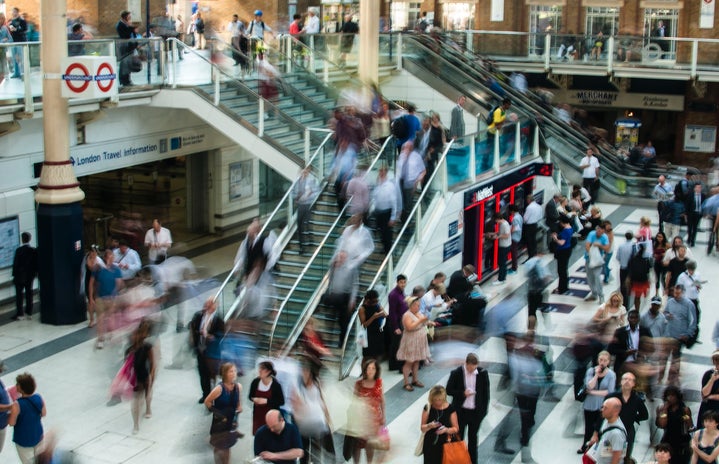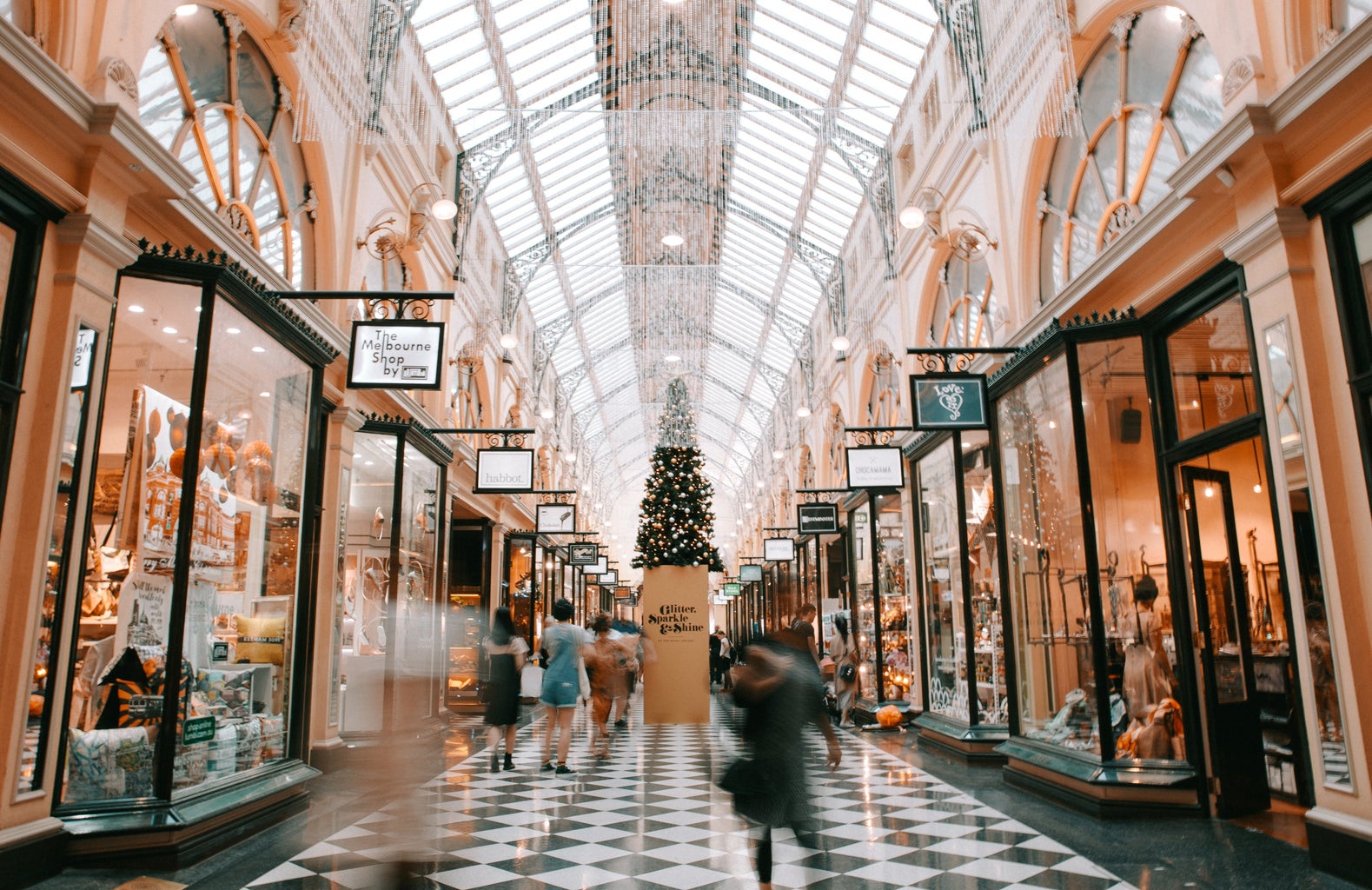The concept of the “third place” was first mentioned by sociologist Ray Oldenburg in his 1989 book, The Great Good Place1. In this book, he goes over the average person’s main 3 locations. The first place is where the person lives. The second place is where they work or attend school-essentially where they spend the most of their time, and exert the most effort during their day. The third place is a unique environment completely separated from home and work/school. It’s a place where someone goes to engage in social engagements or recreational activities.
We have a lot of examples of how the third place has evolved throughout the 20th century. In the 1920s there were speakeasies and jazz clubs. People would flock to these locations with the common goal of drinking in secret due to the prohibition laws or to see live performances from touring stars of the time, such as Duke Ellington or Louis Armstrong. In the 1950s, people would frequent sponsored dance events (also known as “sock hops”) or attend a drive-in theater to catch the latest film. Most notably, the 1980s introduced the United States to shopping malls and arcades where people would shop, eat, and play. We even saw popular examples of third places pop up on television around this time as well. One of the most famous examples of this would be Central Perk from Friends.
More modern examples of third places could be sports bars, recreation centers, and record shops…except they don’t seem to be drawing the same level of crowds as previous third places did. Why is this?
There are many theories as to why the concept of a third place seems to be dying. One theory is that they just aren’t profitable anymore. Most of the country is experiencing severe financial hardship as inflation continues to rise, and the minimum wage is only a fraction of what is required for most people to make a living wage. Inflation also causes the prices of everything else to increase. When coffee shops are forced to charge you $8 for a craft latte, or your local roller rink faces foreclosure unless they charge both admission and rental fees, it makes sense that people would prefer to save the money and make their own coffee and turn to social media or other streaming platforms for entertainment instead.
This is especially true for younger people, like Generation Z. Since technology, has been such an integral part of society since their early childhood, a lot of today’s youth don’t see the appeal of going out somewhere to socialize when they can interact with their peers directly through social media platforms, such as Tiktok or Discord. The COVID-19 pandemic has made this even more prominent. A lot of people have become dependent on social media for interaction and haven’t quite figured out how to transition back to their social circles as they were before the global quarantine.
Drawing the lines between second and third places has also become more difficult since the pandemic. MIT’s Sloan School of Management has estimated that approximately 27% of the country’s workforce is now operating remotely, or on some type of hybrid schedule.2 While there are many benefits to telecommuting, it may prompt people to leave their homes even less. Higher work demands may be a trade-off for a lack of commute, leaving workers constantly “on the Grind” and leaving no time for recreational activities. On the contrary, those who decide to go to places like coffee shops may begin to associate those places with their work. This causes a lack of self-identity outside of one’s career and also makes these places harder to appreciate as true third places due to the context of work.
The good news, however, is that the absence of the third place is beginning to make its presence known. Society is continuing to value the mental health movement and adopt ideologies such as self-care and improvement. The reintroduction of a third place can be the perfect opportunity to explore this. There are a lot of free or cheap options that people haven’t considered as third spaces that may help them improve, introduce them to new hobbies, or introduce them to new people. Some examples of these unorthodox places are community gardens, college clubs, national or state parks, and libraries.
With some awareness, I am hopeful that more people will learn about the value third places have to offer, and consider finding their own space to build a community and thrive.
Sources:
- Oldenburg, Ray. The Great Good Place: Cafes, Coffee Shops, Bookstores, Bars, Hair Salons, and Other Hangouts at the Heart of a Community. Marlowe and Company, 1989.
- Walsh, Dylan. “How Many Americans Are Really Working Remotely?” MIT Sloan, 29 June 2023, mitsloan.mit.edu/ideas-made-to-matter/how-many-americans-are-really-working-remotely.





